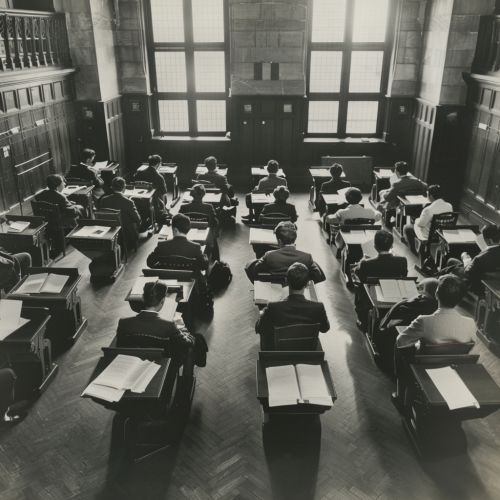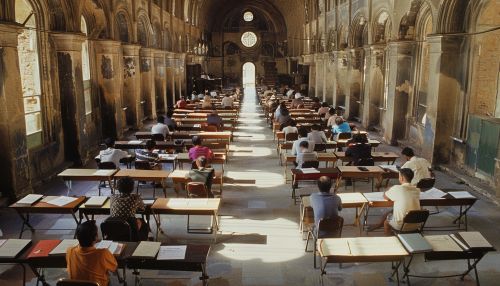Imperial examination
Introduction
The Imperial examination was a civil service examination system in Imperial China designed to select the best administrative officials for the state's bureaucracy. This system had a significant impact on both society and culture in Imperial China and remained in effect for 1300 years, until its abolition in 1905 during the end of the Qing Dynasty.


History
The Imperial examination system originated from the Han Dynasty and was further developed during the Sui Dynasty. The examinations were based on knowledge of the classics and literary style, not technical expertise or rote learning. This led to the creation of a meritocratic bureaucracy, where officials were chosen based on their knowledge and ability, rather than their familial connections or wealth.
Structure and Content of the Examinations
The examinations consisted of tests at the district, provincial, and metropolitan levels. The highest level, known as the Palace Examination, was held in the presence of the Emperor himself. The content of the examinations primarily focused on the Four Books and Five Classics, which were texts considered central to Confucianism.
Impact on Society and Culture
The Imperial examination system had a profound impact on Chinese society and culture. It provided a means for talented individuals, regardless of their social status, to rise in society and attain positions of power and influence. This system also led to the emergence of a scholarly gentry class, who held a monopoly on political power and cultural authority.
Abolition and Legacy
The Imperial examination system was abolished in 1905, as part of the sweeping reforms during the end of the Qing Dynasty. Despite its abolition, the legacy of the Imperial examination system continues to influence modern China, particularly in the field of education.
